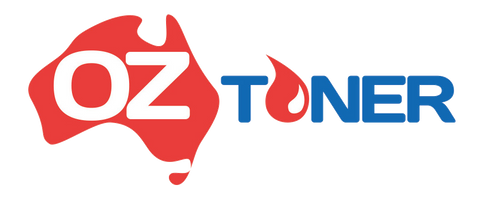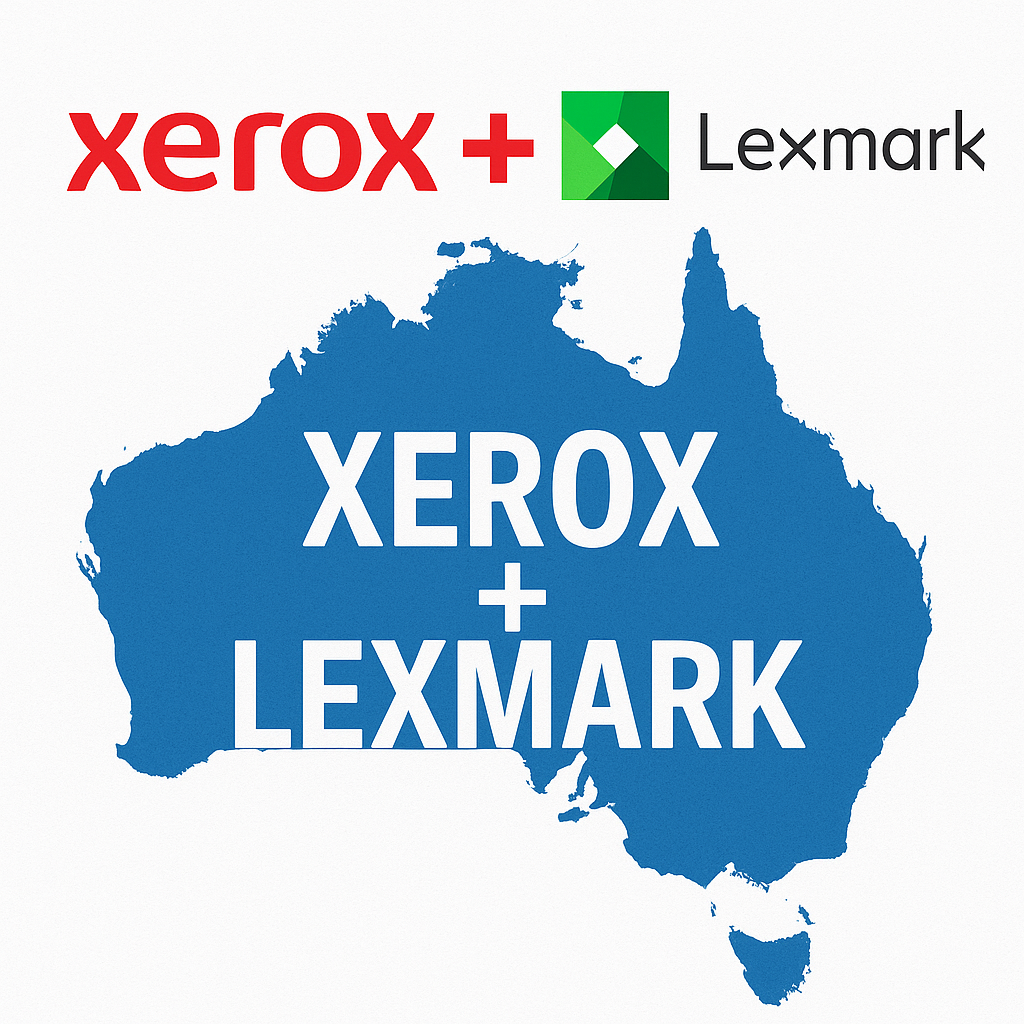The Impact of Xerox Acquiring Lexmark on the Australian Printer Market


On December 23, 2024, Xerox announced its agreement to acquire Lexmark, a merger expected to be finalized in the second half of 2025. This strategic decision brings together two major players in the global printing industry, and its ripple effects will undoubtedly be felt in various markets, including Australia. As an Australian printer distributor, understanding the implications of this merger is crucial for adapting to the evolving landscape. Below, we analyze the potential benefits, challenges, and strategies to navigate this significant development.

Potential Impacts on the Australian Printer Market
Positive Impacts
-
Enhanced Market Presence:
- The merger combines Xerox's expertise in document management with Lexmark's leadership in printing solutions. This creates a powerhouse capable of catering to diverse customer needs, from small businesses to large enterprises.
- Australian businesses may benefit from an expanded product portfolio offering more tailored solutions.
-
Technological Synergies:
- Lexmark's strength in managed print services (MPS) and Xerox's advancements in digital transformation could result in innovative, integrated solutions.
- The Australian market, which values efficiency and sustainability, may see a rise in adoption of these new offerings.
-
Streamlined Distribution Channels:
- The merger may optimize supply chains and distribution networks in Australia, reducing delivery times and improving product availability for customers and distributors.
Challenges and Risks
-
Increased Competition:
- A stronger Xerox-Lexmark entity could intensify competition, particularly in the small-to-medium business (SMB) sector. This may lead to price wars, compressing profit margins for distributors.
-
Brand Transition Issues:
- Lexmark customers may experience confusion or hesitation during the brand transition to Xerox, potentially leading to a temporary dip in customer loyalty.
-
Supply Chain Disruptions:
- During the integration process, disruptions in product availability or delays in shipments are possible, which could impact Australian distributors and retailers.
Impact on Competitors
HP:
- As the global leader in the printing market, HP is likely to feel the pressure of a strengthened Xerox-Lexmark combination. HP may respond with aggressive pricing, promotional campaigns, or accelerated innovation to defend its market share.
Canon:
- Canon, known for its high-quality imaging and printing solutions, may focus on strengthening its niche in color printing and professional-grade equipment. It could also explore partnerships or new technologies to compete with Xerox's and Lexmark’s combined offerings.
Fujifilm:
- As a historical partner of Xerox, Fujifilm may need to reassess its collaborative strategy. However, this merger might also open new avenues for shared technological advancements or product co-development.
Strategic Recommendations for Distributors
-
Diversify Product Portfolio:
- Expand your offerings to include the newly combined Xerox-Lexmark product line, ensuring your customers have access to the latest solutions.
- Strengthen relationships with other leading brands such as HP, Canon, and Fujifilm to mitigate risks from potential supply chain disruptions.
-
Focus on Customer Engagement:
- Use this opportunity to educate your customers about the benefits of Xerox-Lexmark’s integrated solutions, addressing any concerns about the transition.
- Offer personalized recommendations based on customer needs to reinforce loyalty.
-
Improve Inventory Management:
- Prepare for potential supply chain issues by maintaining adequate stock levels of high-demand products during the merger’s transition period.
-
Emphasize After-Sales Support:
- Enhance your technical support and customer service capabilities to assist clients in adapting to any changes in the product ecosystem.
-
Monitor Competitor Strategies:
- Stay informed about the moves of key competitors like HP, Canon, and Fujifilm to adjust your marketing and pricing strategies accordingly.
Conclusion
The Xerox-Lexmark merger represents both an opportunity and a challenge for the Australian printer market. While it introduces innovative products and streamlined solutions, it also increases market competition and creates potential supply chain uncertainties. By proactively adapting to these changes—through diversification, customer engagement, and strategic partnerships—distributors can not only safeguard their business but also thrive in this evolving landscape.
As a distributor, staying informed and agile will be the key to leveraging this merger to your advantage. For further insights or to explore new product lines, feel free to contact us at OzToner.au.
Market update: December 24, Fineko/abc.az. Xerox Holdings, which manufactures printers and copiers, has agreed to buy manufacturer of laser printers, Lexmark International Inc, ABC.AZ reports, referring to Xerox.
The value of the Lexmark is estimated at $1.5 billion, the amount includes the company's debt and other obligations to the current owners, Asian investment companies Ninestar Corp., PAG Asia Capital and Shanghai Shouda Investment Center.
The deal will be paid for with Xerox's existing funds and by raising new debt. Xerox will also reduce its annual dividend to 50 cents per share from $1 to finance the purchase.
The deal is expected to close in the second half of 2025.
Xerox shares are up 11.7% in preliminary trading on Monday. Since the beginning of the year, company's capitalization has halved to $1 billion.


